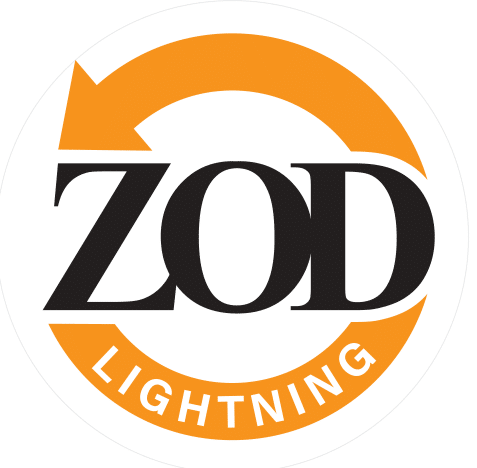Lightning Protection Systems (LPS)
Engineer, install, and maintain end-to-end protection against direct lightning strikes—air terminals, down conductors, and earth termination with compliant bonding and separation distances. Our lightning protection system is designed to IEC 62305 and coordinated with SPDs for full-site resilience.
Why a Lightning Protection System?
Protect People
Controls touch/step voltages through equipotential bonding and low-impedance earth paths.
Protect Structures
Directs strike current via air terminals and down conductors to earth—away from roofs, facades, and utilities.
Protect Operations
When coordinated with SPDs and grounding, LPS reduces downtime, fire risk, and insurance exposure.
Core Components of an LPS
1) Air Terminals / Strike Capture

Conventional rods, catenary wires, and mesh conductors sized to the protection class; rolling sphere and mesh methods used to define coverage.
- Perimeter and ridge protection
- Protection of rooftop equipment (HVAC, PV, antennas)
- Special masts for tall or isolated structures
2) Down Conductors

Multiple parallel paths to reduce impedance and magnetic coupling; routing respects separation distance from internal metalwork and cabling.
- Symmetrical distribution on façades
- Protected bends and mechanical fixing
- Bonding of rebar (natural components) when allowed
3) Earth Termination System

Ring earths, vertical rods, and meshes sized for low earth resistance and current dissipation; corrosion-resistant connections.
- Soil resistivity testing informs design
- Equipotential bonding to main earthing bar (MEB)
- Exothermic welding or high-integrity clamps
Design Framework: Protection Levels & Methods

Protection Levels I–IV
Selected after a formal risk assessment (IEC 62305-2). Higher risk → higher class (I is most stringent) with tighter spacing and larger conductors.
- Strike parameters & environment
- Occupancy, service criticality
- Economic loss & downtime factors

Capture Design Methods
We apply the appropriate method—or a combination—based on geometry and risk:
- Rolling Sphere (radius varies with class)
- Protective Angle (for masts/rods)
- Mesh Method (conductor grid spacing)

Separation Distance & Bonding
We calculate the minimum separation from internal metalwork and wiring. Where not feasible, use isolated conductors or intentional bonding with SPDs.
- Isolated vs. non-isolated LPS
- Bonding of services at entry points
- Coordination with Type 1 SPDs
Special Structures & Use Cases
Rooftop PV Arrays
Air terminals clear of modules, bonding of frames and rails, DC/AC SPDs, and careful routing to preserve separation.
Heritage & High-Rise
Discreet or architectural capture solutions, rebar utilization as natural down conductors when compliant.

Fuel/Chemical Tanks
Isolated masts/catenaries, equipotential grading, ignition risk controls, and corrosion-aware earthing.
Telecom & Data Centers
Mesh bonding networks, multiple down paths, robust MEB, and coordinated SPDs for power/data lines.
Materials, Fixings & Workmanship
We use certified conductors and fittings sized for the specified class; fixings resist UV and corrosion, and routing minimizes inductive loops.
- Copper, tinned copper, or aluminum conductors to spec
- Bi-metallic connections where dissimilar metals meet
- Weatherproof saddles, bonds, and test clamps
- Low-impedance routing; gentle bends; no sharp corners
- Documented torque values & visual inspection points
- As-built drawings with test points and MEB locations
Testing, Documentation & Lifecycle Maintenance

Commissioning Tests
Continuity of down conductors, resistance of earth network, verification of bonds and separation distances, SPD presence and ratings.
Documentation
Design calcs, protection class, drawings, test sheets, and maintenance schedules—archived in ZOD360™ for audit & insurance needs.
Periodic Maintenance
Visual inspections, seasonal checks, resistance re-tests, corrosion monitoring, and repair of mechanical damage or roof works.
Standards & Coordination
- IEC 62305 (Parts 1–4) — risk assessment, LPS design, wiring & structures, and electrical/electronic systems.
- IEC/EN 61643 — surge protective devices (coordinate Type 1 at service entry with LPS).
- IEEE/NFPA guidance — supplemental best practices for special facilities.
Plan or Upgrade Your LPS
Book a lightning risk assessment, request LPS drawings, or schedule testing and certification with our engineers.
